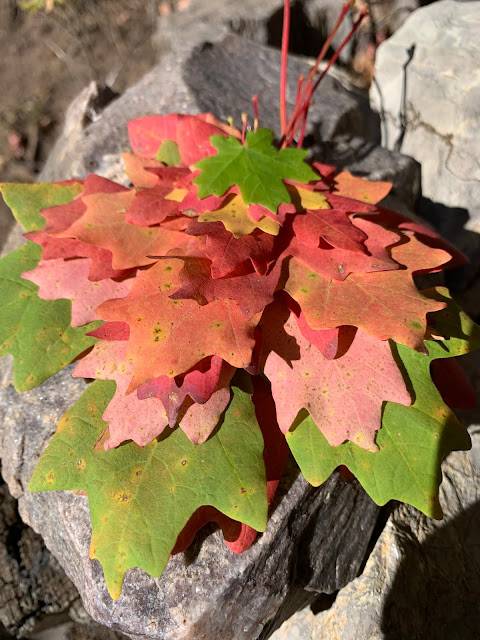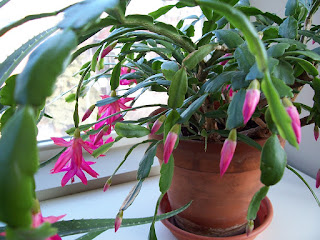Things I Wish I’d Known: Quarantine Gardening Chronicles
Southwest Yard & Garden by Dr. Marisa Thompson I joked in a March 2020 column about switching to a shot glass-sized watering can so that I wouldn’t drown my houseplants with too much love and attention. I’m happy to report that they survived. Here’s a selfie with one of my split-leaf philodendrons. We all know who wears the plants in this family. One thing is for sure; collectively, we sure did a ton more home gardening in 2020! As I look back through plant photos and published columns from the past year, I’m reminded of how much I’ve learned, and relearned, and re-relearned. Back in February, I reprinted a 1997 column by Dr. Curtis Smith on how to keep your tomato starts from gettingtoo leggy . The trick is placing seedlings in a sunny spot early on, so they’re not reaching up, looking for light. I knew that, and yet, within weeks, I had some of the leggiest tomato starts you’ve ever seen. Unfortunately—or fortunately, depending on how you figure it—I don’t take many ph



